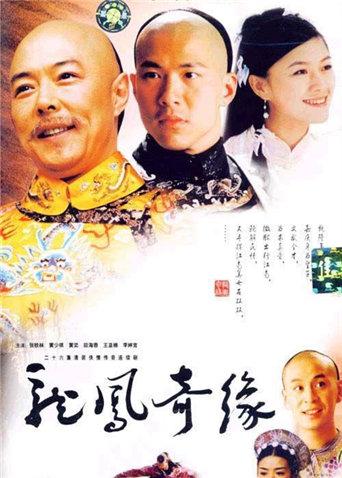剧情简介
故事的主人公是一个在任何方面看起来都很普通的男人。一次偶然的机会,免费他遇见了自己非常喜欢的女孩,免费然而不凑巧的是,当时他傻乎乎的闹出了许多笑话,活像个小丑。随后为了将女孩追到手,主人公绞尽脑汁,用尽各种办法,就是希望对方能明白自己的心意,不要误以为他是一个不解风情的家伙。
故事的主人公是一个在任何方面看起来都很普通的男人。一次偶然的机会,免费他遇见了自己非常喜欢的女孩,免费然而不凑巧的是,当时他傻乎乎的闹出了许多笑话,活像个小丑。随后为了将女孩追到手,主人公绞尽脑汁,用尽各种办法,就是希望对方能明白自己的心意,不要误以为他是一个不解风情的家伙。

回复 :东勋(强仁 饰)性格内向沉默寡言,再熙(朴世荣 饰)个性大大咧咧,活泼开朗。这样一对性格截然相反的男女,邂逅在两人共同的朋友所举办的婚宴之中,仿佛吸铁石的两极,彼此相互吸引的他们很快就坠入了爱河,开始了甜蜜的同居生活。他们领养了一只可爱的小猫,取名小云朵,这只乖巧可爱的小猫替他们的感情生活增添了一抹亮丽的色彩。然而,东勋和再熙之间梦幻般的爱情始终敌不过现实,最终他们选择了分道扬镳。然而,两人怎么也没有想到的是,使他们再次见面的缘由,竟然是举办小云朵的葬礼。因为这葬礼,东勋和再熙要独处整整两天一夜,在这两天一夜里,会发生怎样的故事呢?
回复 :麦克(余文乐 饰)是全港破案率最高的警察,这是因为他有钱,更确切地说,是他爸爸有钱。用金钱作诱饵、用金钱收买线人,这让他的破案纪录屡屡上升的同时也收获了同事给他的称号:花花型警。没有人相信他能不用金钱破案。一次破案时麦克再次给警队带来大麻烦——从空中洒下金钱导致交通瘫痪——于是被停职。而从大陆过来调查哥哥死因的同样家财万贯的林亨(陈坤 饰)正好认识麦克,相识当天,二人穿着同样的西装,打着同样的领带,冥冥中的缘分,更巧合的是,麦克的前女友lisa(钟嘉欣 饰)对林亨形影不离。一个要查出真凶,一个要证明自己的能力。林亨与麦克结伴而行,从获得线索开始,他们渐渐发现,自己被凶手带入了一个陷阱,险象环生中二人建立了非同一般的友情,然而结局并非我们所想的美好。
回复 :
